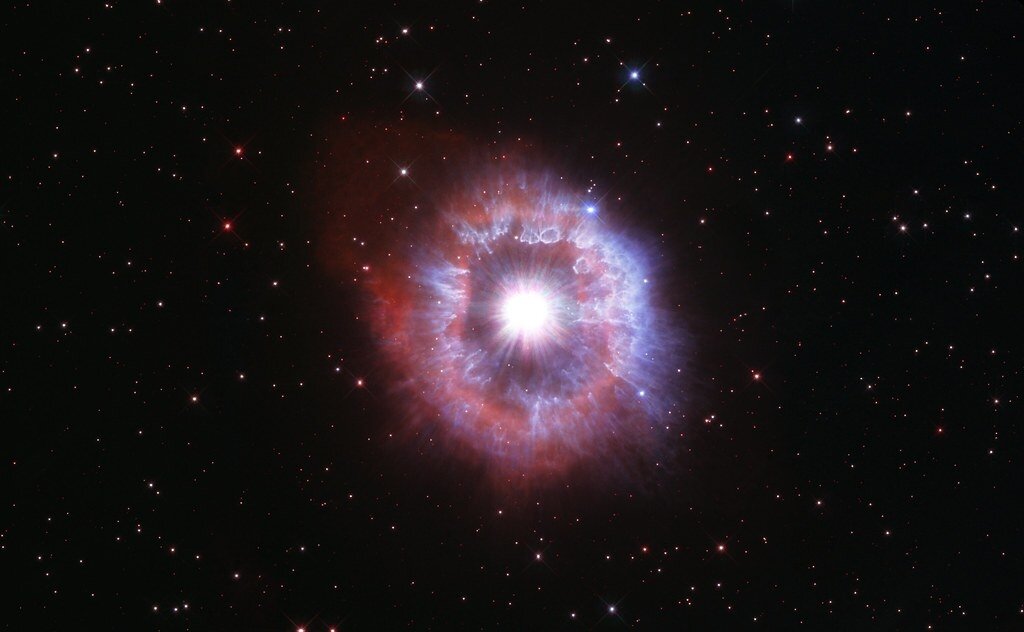The James Webb Space Telescope (JWST) has discovered the first evidence that millions of supermassive stars, up to 10,000 times the mass of the Sun, may have existed at the dawn of the universe.
Stars born just 440 million years after the Big Bang can shed light on how heavy elements first entered the universe. The researchers, who call the giant stars “monsters of the sky,” published their findings May 5 in the journal Astronomy & Astrophysics.
“Today, thanks to data collected by the James Webb Space Telescope, we believe we have found the first evidence for the existence of these unusual stars,” said Corinne Charbonnell, lead author of the study and professor of astronomy at the University of Geneva in Geneva. Switzerland.
In globular clusters, tightly packed groups of tens of thousands or even millions of stars, researchers have found the chemical signatures of giant stars, many of which are among the oldest ever to form in our universe. There are about 180 globular clusters in our Milky Way galaxy, and because they are so old, they provide astronomers with a window into the early years of our universe.
Mysteriously, the proportions of the elements (oxygen, nitrogen, sodium, and aluminum) differ greatly among the stars in these clusters, even though they formed at roughly the same time and from the same cloud of gas and dust 13.4 billion years ago.
Astronomers believe that this difference can be explained by the presence of massive stars – these cosmic giants that were born in very different conditions in the early universe than today, burned their fuel at much higher temperatures and produced heavier elements that later “polluted” young stars. , forming stars (which are usually made of much lighter elements).
However, these stars proved difficult to find. The fire giants are 5 to 10,000 times the size of our Sun, which burned at a temperature of 75 million degrees Celsius. Because larger, brighter, and hotter stars die faster, these cosmic monsters were destroyed long ago in extremely violent explosions called hypernovae.
“Globular planets are between 10 and 13 billion years old, while these giant planets have a maximum lifespan of 2 million years. Therefore, they disappeared much earlier than currently observable groups,” wrote co-author Mark Gillis, Professor of Astrophysics. At the University of Barcelona, in the statement, only indirect effects are left.
To sort through the scattered chemical remnants of the ancient monsters, the researchers pointed JWST’s infrared camera at the galaxy GN-z11, one of the oldest galaxies ever discovered – located 13.3 billion light-years from Earth. Different chemicals absorb and emit light at different frequencies. By smashing the light from individual globular clusters in GN-z11, astronomers have found that its stars are not only densely packed, but also surrounded by large amounts of nitrogen.
“The nitrogen-rich presence can only be explained by the combustion of hydrogen at extremely high temperatures, which only the cores of massive stars can achieve,” Charbonnel said.
This might also be interesting:












































